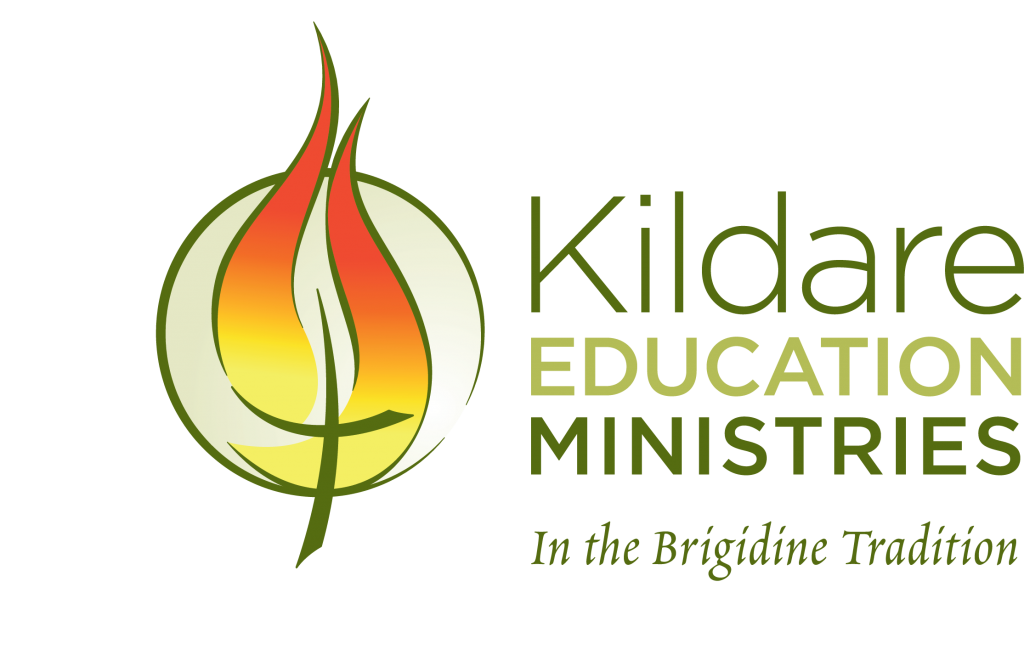Unit 1: Introduction to visual communication design
This unit focuses on using visual language to communicate messages, ideas and concepts. This involves acquiring and applying design thinking skills as well as drawing skills to create messages, ideas and concepts, both visible and tangible. Students practise their ability to draw what they observe and they use visualisation drawing methods to explore their own ideas and concepts. Students develop an understanding of the importance of presentation drawings to clearly communicate their final visual communications.
Through experimentation and exploration of the relationship between design elements and design principles, students develop an understanding of how they affect the visual message and the way information and ideas are read and perceived. Students review the contextual background of visual communication through an investigation of design styles. This research introduces students to the broader context of the place and purpose of design. Students are introduced to the importance of copyright and intellectual property and the conventions for acknowledging sources of inspiration. In this unit students are introduced to four stages of the design process: research, generation of ideas, development of concepts and refinement of visual communications.
Unit 2: Applications of visual communication within design fields
This unit focuses on the application of visual communication design knowledge, design thinking and drawing methods to create visual communications to meet specific purposes in designated design fields. Students use presentation drawing methods that incorporate the use of technical drawing conventions to communicate information and ideas associated with the environmental or industrial fields of design. They also investigate how typography and imagery are used in these fields as well as the communication field of design.
They apply design thinking skills when exploring ways in which images and type can be manipulated to communicate ideas and concepts in different ways in the communication design field. Students develop an understanding of the design process detailed on pages 10 and 11 as a means of organising their thinking about approaches to solving design problems and presenting ideas. In response to a brief, students engage in the stages of research, generation of ideas and development and refinement of concepts to create visual communications.
Unit 3: Visual communication design practices
In this unit students gain an understanding of the process designers employ to structure their thinking and communicate ideas with clients, target audiences, other designers and specialists. Through practical investigation and analysis of existing visual communications, students gain insight into how the selection of methods, media and materials, and the application of design elements and design principles, can create effective visual communications for specific audiences and purposes. They investigate and experiment with the use of manual and digital methods, media and materials to make informed decisions when selecting suitable approaches for the development of their own design ideas and concepts.
Students use their research and analysis of the process of visual communication designers to support the development of their own designs. They establish a brief for a client and apply design thinking through the design process. They identify and describe a client, two distinctly different needs of that client, and the purpose, target audience, context and constraints relevant to each need. Design from a variety of historical and contemporary design fields is considered by students to provide directions, themes or starting points for investigation and inspiration for their own work. Students use observational and visualisation drawings to generate a wide range of design ideas and apply design thinking strategies to organise and evaluate their ideas. The brief and research underpin the developmental and refinement work undertaken in Unit 4.
Unit 4: Visual communication design development, evaluation and presentation
The focus of this unit is on the development of design concepts and two final presentations of visual communications to meet the requirements of the brief. This involves applying the design process twice to meet each of the stated communication needs. Having completed their brief and generated ideas in Unit 3, students continue the design process by developing and refining concepts for each communication need stated in the brief.
They utilise a range of digital and manual two- and three-dimensional methods, media and materials. They investigate how the application of design elements and design principles creates different communication messages and conveys ideas to the target audience. As students revisit stages to undertake further research or idea generation when developing and presenting their design solutions, they develop an understanding of the iterative nature of the design process. Ongoing reflection and evaluation of design solutions against the brief assists students with keeping their endeavours focused.
This subject is advantageous if you’re looking at these careers:
*Advertising
*Teacher
*Designer (fashion, industrial, interior)
*Architect
*Illustrator
*Graphic Designer
*Editor
*Desktop Publisher
*Photographer
*Visual Merchandiser
*Landscape Architect


